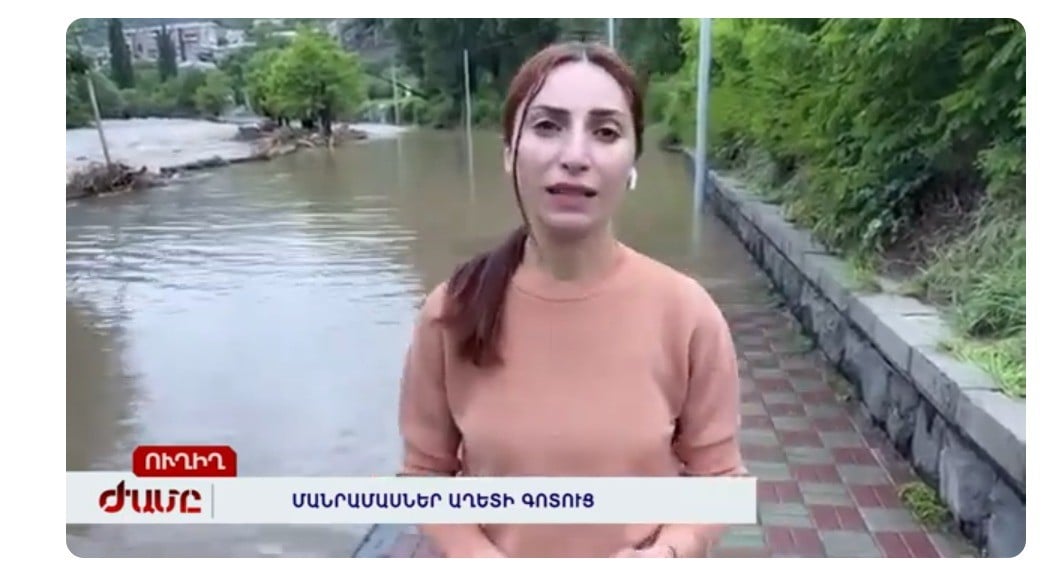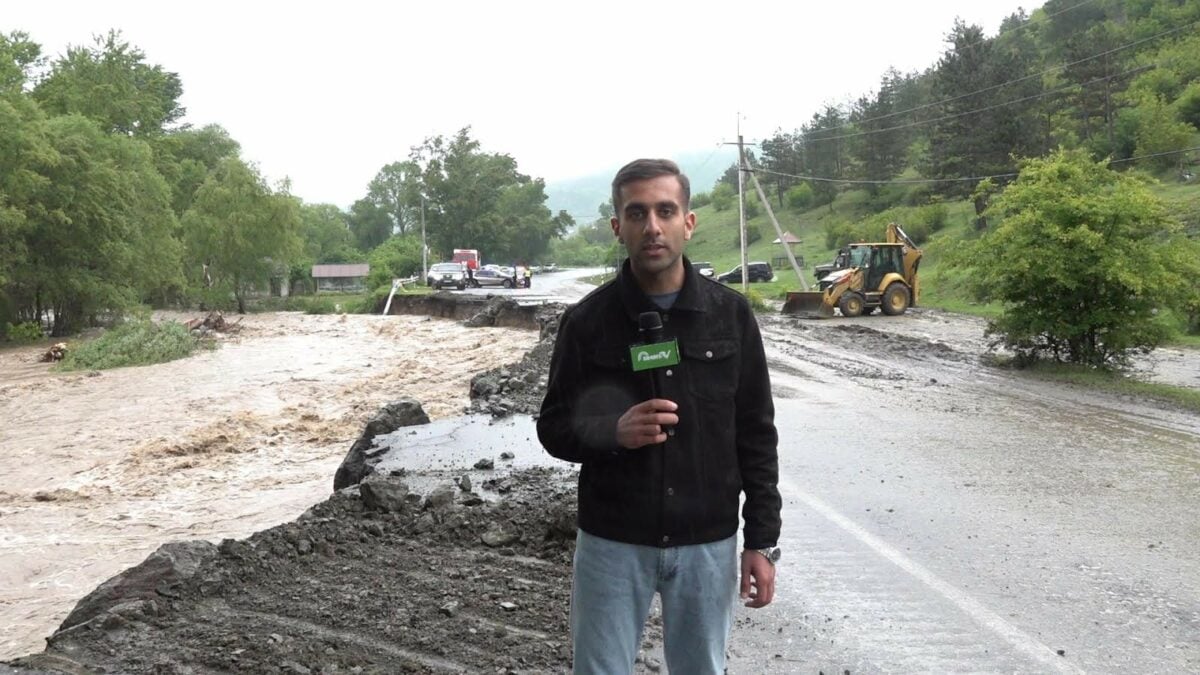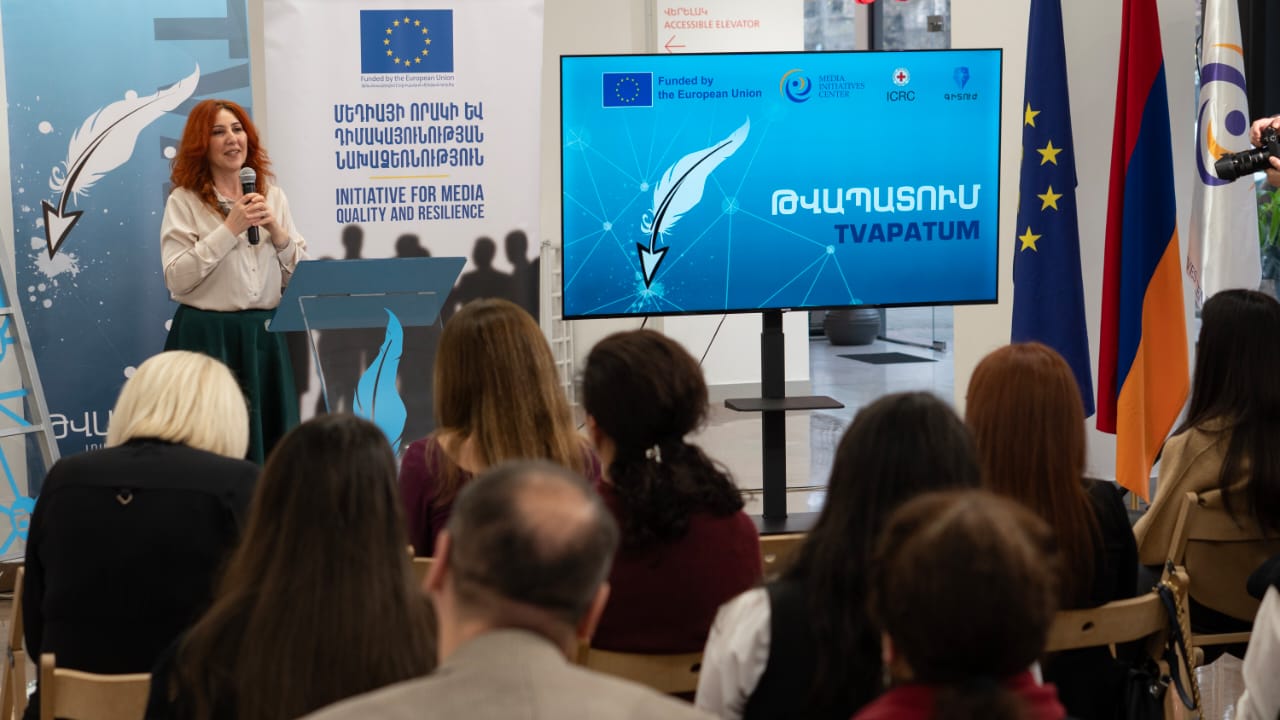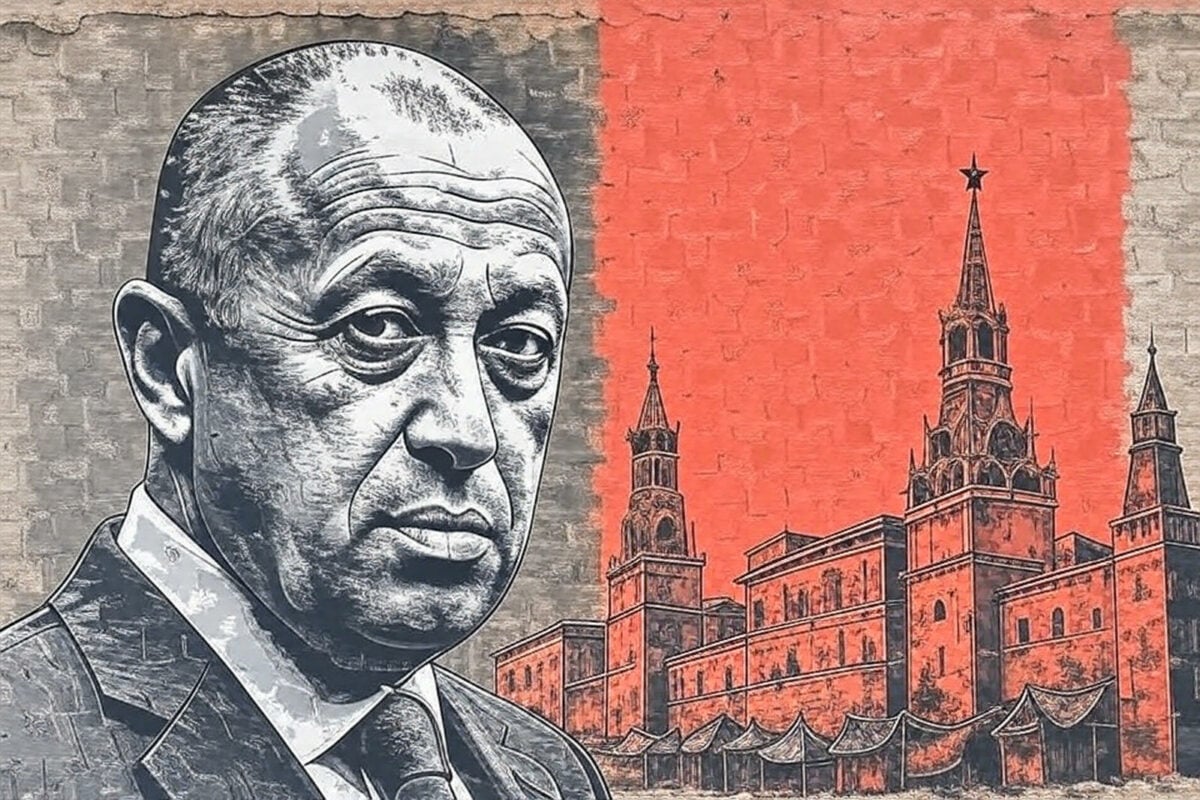Yesterday, the Armenian media’s primary focus was on the devastation caused by the flooding of the Debed, Aghstev, and Tashir rivers.
Due to continuous heavy rains, the Lori and Tavush region rivers overflowed on May 26, flooding the surrounding areas.
Victims, missing people, collapsed roads and bridges, destroyed and encircled settlements, this is what the Armenian media has been covering since the first hours of the tragic events unfolded.
Together with rescue workers, local media journalists from the Lori and Tavush regions were at the scene from the very first hours of the tragic events.
Media.am interviewed journalists from Ankyun +3 TV station in Alaverdi and Tavush Media in Tavush. They shared their experiences of working in an emergency.
Lusine Parsadanian, journalist of Ankyun +3 TV station
On May 25, it rained continuously. As residents of Alaverdi, we were concerned about the possibility of flooding. The river floods every spring, but we never expected it to be this severe.
On Sunday night, around 11 o’clock, water started entering the buildings near the river, and people had to be evacuated.
Our team began working early in the morning, before 8, since we couldn’t work at night. We used phones and cameras to gather as much information as possible. However, collapsed roads and bridges prevented us from leaving the city. Some settlements, such as Haghpat, Akhtala, Kobair, and Ayrum, were encircled and completely cut off from communication.

Lusine Parsadanian during the live broadcast of Zham news
We have been to unsafe places. On our way to the filming location, we had to pass through cracked roads that could collapse at any moment. Despite the risks, we tried to reach the flooded settlements, document the situation, and speak with the residents.
Maintaining journalistic ethical principles becomes critical in such situations. During our filming, we tried to uphold these rules as much as possible, provide only accurate information, and avoid spreading unnecessary panic among the locals.
Working in emergencies can be emotionally challenging. People were in a heightened state of tension and emotion. Even from afar, one could see who was ready to speak and discuss the situation, who not.
The lack of or very weak connectivity greatly hindered our work, making it very difficult to communicate with team members. As a result, we could not make live broadcasts, but we operated in emergency mode throughout the day. We created videos about the settlements affected by the disaster and provided constantly updated news through our official website and Facebook page.
We also collaborated with Yerevan editorial offices and provided photos and videos to over a dozen media outlets. These instances underscore the importance of having well-established regional media and recognizing their role and significance.
Ernest Khanumyan, Tavush Media journalist
Tavush Media started operating in emergency mode on Sunday morning. At 10:30 a.m., we were already in Haghartsin village, where the road had collapsed, three houses had been washed away, and many others had been infiltrated by the overflowing river waters.
We spent the entire Sunday in Haghartsin village, observing the work of governance bodies, conversing with residents, identifying their issues, and gathering and presenting their needs.
Despite the collapsed roads, we had direct connections from Haghartsin village and the nearby places. In our special editions, we presented reports on the destroyed settlements and conducted various interviews with representatives of relevant bodies.
Our film crew, rescuers at the scene, and representatives of relevant organizations were working to assess the likelihood of other parts of the road collapsing.

Ernest Khanumyan, Tavush März, Haghartsin village
We focused on operational efficiency and transmitting reliable, accurate information. Information flows increase significantly during emergency situations, and it is crucial to be more alert and attentive to avoid spreading unverified information.
Yesterday, for example, we encountered a problem. Initially, we received information that three houses did not collapse; one house collapsed, and then the number changed to 7 houses collapsing, causing confusion in understanding and verifying the information.
People were in a state of alarm, and many avoided conversation, which made our work even more difficult. Additionally, promptly reporting the tragic events without causing additional panic or unnecessary fear was challenging.
To address these issues, we collaborated closely with our colleagues from the Ministry of Internal Affairs and with representatives of local self-government.
Tavush Media will post updated news on our Facebook page and on-air daily. Additionally, we will share videos about safety rules, including what to do during or after floods.
Today, we continued to work in emergency mode and made another trip to Haghartsin. I must say that the situation was relatively more stable today, as the road was open one way.







